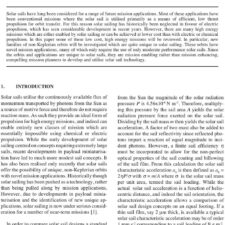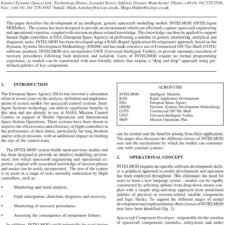Evaluation of the Hazard of Dust Impacts on Interstellar Spacecraft
£5.00
R. A. London et al. (2018), JBIS, 71, pp.133-139
Refcode: 2018.71.133
Keywords: Interstellar travel, Dust, Grains, Damage
Abstract:
Spacecraft traveling to nearby stars will experience energetic collisions with interstellar dust grains. For thin structures, such as light sails, grains pass through with little damage. For thick structures, all the grain energy will be deposited, possibly leading to significant damage. This paper presents a quantitative assessment of damage caused by grain-vehicle collisions and designs to reduce damage. Computer simulations of grain-vehicle collisions were performed with a radiation/ hydrodynamic code, that models deposition of grain energy in the material, energy transport by conduction and radiation, expansion of the heated “volume melting” and other damage processes to the surrounding material. It is found that the grain energy is deposited in a long, thin cylindrical volume, creating temperatures larger than 107 K. The spreading of this energy can potentially lead to a large damaged volume. Radiation and evaporation can remove energy, thereby limiting the damage. The reduction of damage by the choice of shielding material on the leading surface and by placement of a thin shield in front of the vehicle to atomize and disperse the grains before they hit the main body of the craft is described.





